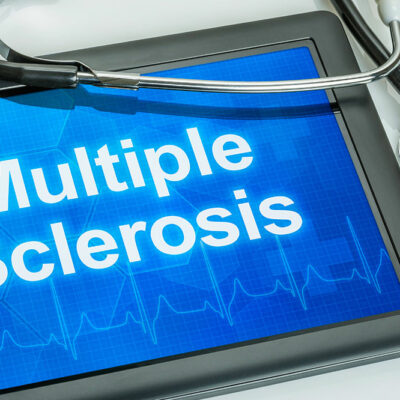
7 Crucial Things to Know about PAH
PAH occurs when there is high blood pressure in the arteries of the lungs. It is a serious and chronic condition, and getting the right diagnosis and treatment is crucial. Here are seven important things about pulmonary arterial hypertension you should know.
1. PAH is a rare, progressive lung disorder
Pulmonary arterial hypertension occurs due to abnormally elevated blood pressure in the lungs. This can hamper the ability of the heart to pump blood to the lungs. Though it is a rare condition, it can be potentially deadly and can cause heart failure.
2. PAH starts slowly and aggravates over time
PAH can go undiagnosed for years as it has silent and mild symptoms. Some common symptoms include shortness of breath during exertion and dizziness. As the condition worsens, people can experience additional symptoms, including swelling of ankles or legs, chest pain, and a rapid heart rate. Without treatment, it can become difficult to carry out any activities.
3. There are several causes of PAH, including unknown ones
Some common known causes include high blood pressure in the arteries due to congenital heart disease, connective tissue disease, coronary artery disease, liver disease, and chronic lung diseases. According to various research studies, genes also play a role in developing PAH. In some cases, the causes of developing PAH are unknown.
4. PAH can happen to anyone
Pulmonary arterial hypertension can happen to anyone, including children. PAH is also more common among women between the ages of 30-60. A family history also increases the risk of the condition.
5. PAH can be treated but not cured
Though currently there is no cure, treatments are available to reduce and manage the condition. Medications may be prescribed to help relax the blood vessels. In some cases, surgical procedures may be needed when medications are not enough to control signs and symptoms. An atrial septostomy or pulmonary thromboendarterectomy can be performed. For PAH caused by chronic blood clots, a lung transplant is the only cure.
6. PAH is difficult to diagnose
As the symptoms of pulmonary arterial hypertension are very similar to the symptoms of other heart and lung conditions, diagnosing PAH can be difficult. The mild symptoms that come and go with exercise or physical exertion are often not recognized by those affected with PAH. Blood and imaging tests and a number of other tests will help determine the type and severity of PAH.
7. Not all PAH is the same
WHO has classified pulmonary arterial hypertension into five groups. The first group includes idiopathic, genetics, and drug and toxin-induced PAH, and other conditions such as HIV, chronic liver disease, and connective tissue disorders. The remaining four groups are secondary to other conditions.
Living with PAH can be easier with treatments and healthy lifestyle changes. Also, it is important to learn that a person’s prognosis can be improved if diagnosed and treated early.


